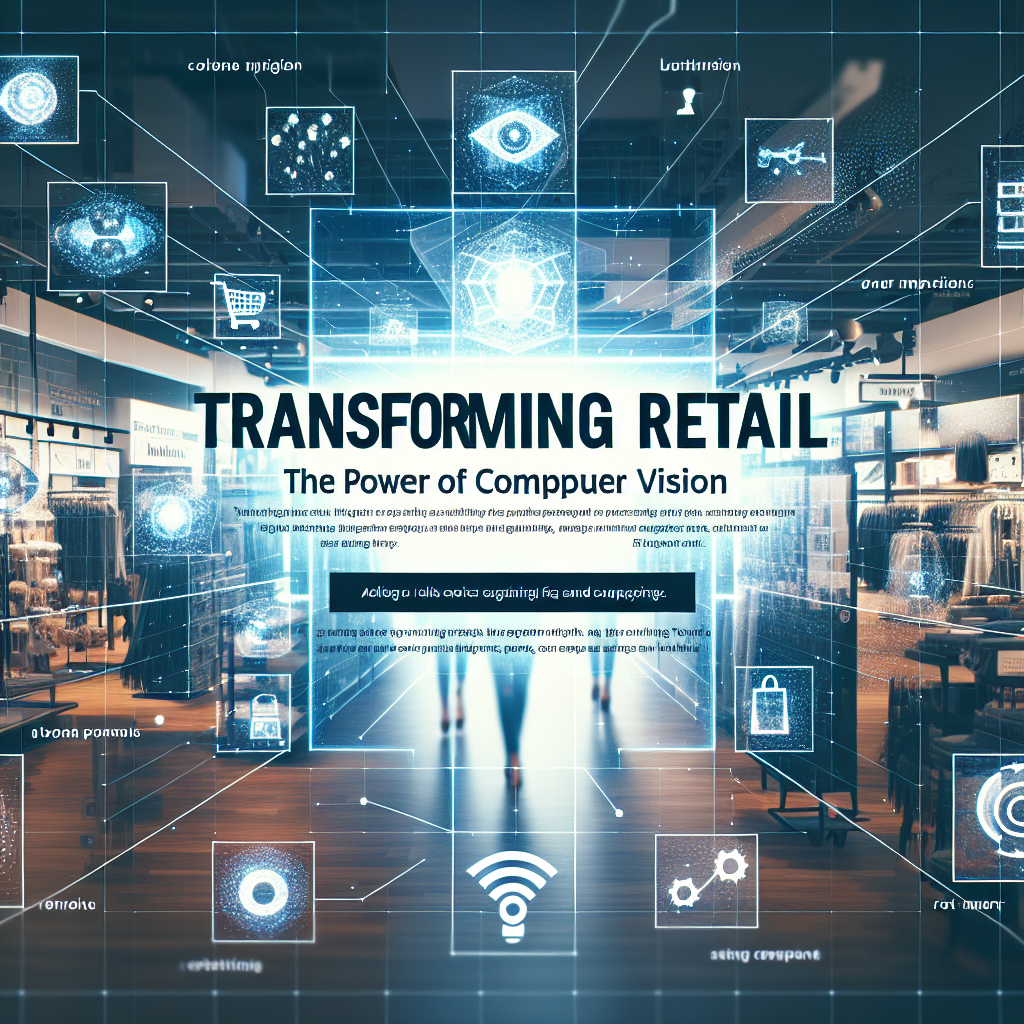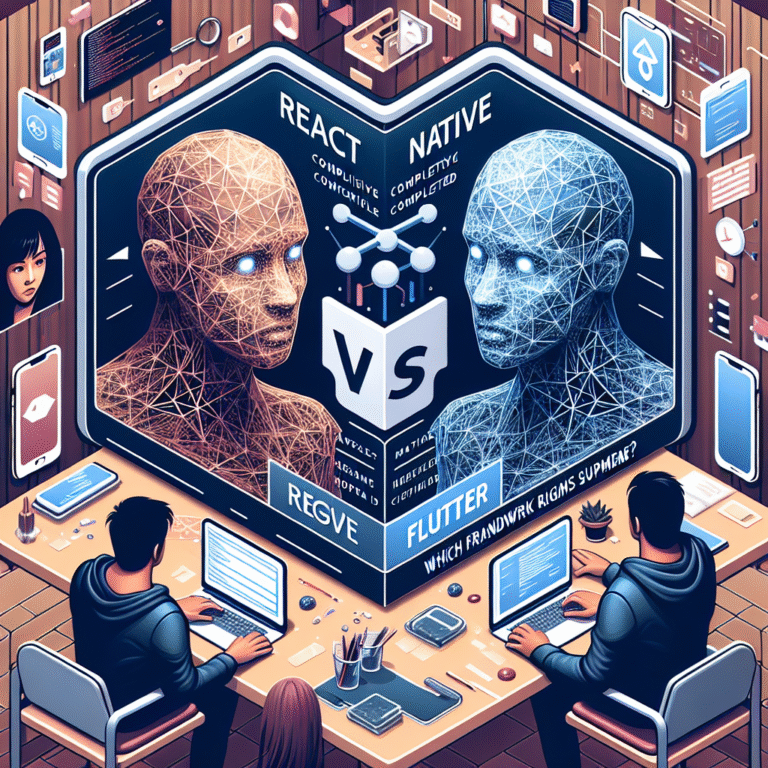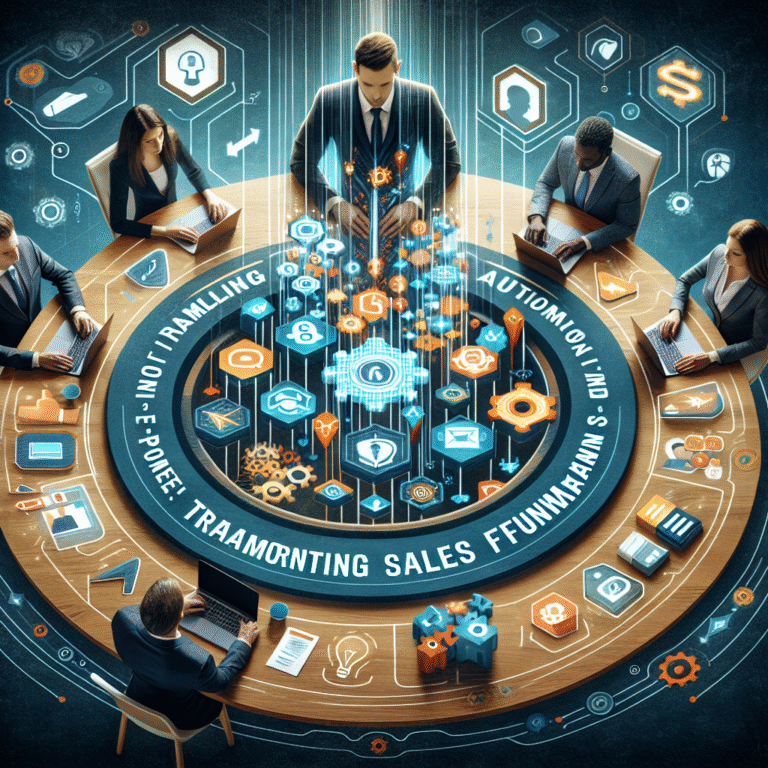Transforming Retail: The Power of Computer Vision
Introduction
In recent years, computer vision technology has emerged as a transformative force in the retail industry. With its ability to analyze visual data and extract meaningful insights, computer vision is redefining the shopping experience, optimizing inventory management, and enhancing customer insights. As retailers strive to stay competitive in a rapidly evolving market, the adoption of computer vision is not just an option but a necessity.
This article delves into the intricacies of computer vision in retail, exploring its applications, benefits, challenges, and future trends.
What is Computer Vision?
Computer vision is a field of artificial intelligence that enables machines to interpret and understand visual information from the world. It involves the use of image processing techniques and algorithms to analyze images and videos, allowing systems to recognize objects, faces, and actions.
The evolution of computer vision in retail can be traced back to the early 2000s, when basic image recognition technologies were first applied. Over the years, advancements in machine learning and deep learning have significantly improved the accuracy and applicability of these technologies in retail environments, paving the way for a more efficient shopping experience.
Applications of Computer Vision in Retail
- Inventory Management and Tracking: Computer vision technology helps retailers keep track of inventory levels in real-time, reducing stockouts and overstock situations. This application is vital for effective inventory management.
- Customer Behavior Analysis: By analyzing customer movements and interactions within the store, retailers can gain valuable insights into shopping patterns and preferences, ultimately tailoring services to meet customer needs.
- Automated Checkout Systems: Retailers are increasingly adopting automated checkout systems that use facial recognition and visual recognition to streamline the payment process. This innovation aligns with the trend of automated checkout.
Benefits of Computer Vision for Retailers
- Increased Efficiency and Accuracy: Computer vision systems can process and analyze data much faster and more accurately than humans, leading to more efficient operations.
- Enhanced Customer Experience: By personalizing shopping experiences through customer insights and real-time analytics, retailers can improve customer satisfaction and loyalty.
- Cost Reduction Strategies: Implementing computer vision can help retailers reduce labor costs and minimize waste through better inventory management, directly impacting the bottom line.
Challenges in Implementing Computer Vision
- Technical Limitations and Costs: The initial investment and maintenance costs of computer vision systems can be high, making it a challenge for smaller retailers to adopt this technology.
- Privacy Concerns and Regulations: The use of facial recognition and other tracking technologies raises privacy issues that retailers must navigate carefully to maintain customer trust.
- Integration with Existing Systems: Ensuring that new computer vision technologies work seamlessly with existing retail systems can be complex and time-consuming, posing challenges for technology adoption.
Future Trends in Computer Vision for Retail
As technology continues to evolve, several trends are likely to shape the future of computer vision in retail:
- Innovations to Watch For: Anticipated advancements in augmented reality retail and improved facial recognition capabilities will drive further adoption of computer vision.
- Predictions for the Next Decade: The increasing reliance on data-driven decisions will ensure that computer vision remains integral to retail strategies, helping businesses thrive in a competitive landscape.
Case Studies
Numerous retailers have successfully implemented computer vision technologies:
- Amazon Go: This automated retail store utilizes computer vision for a seamless checkout experience, allowing customers to shop without traditional payment processes.
- Walmart: Through shelf monitoring technologies, Walmart has improved inventory accuracy and reduced stock discrepancies, showcasing the effectiveness of computer vision in operational efficiency.
These case studies highlight the potential of computer vision to revolutionize retail operations and enhance customer experiences, setting benchmarks for others in the industry.
FAQ
- What is the role of AI in computer vision? AI algorithms enhance computer vision capabilities by enabling machines to learn from data and improve their recognition accuracy over time.
- How does computer vision improve customer service? Computer vision provides insights into customer behavior, allowing retailers to tailor services and offerings to meet individual needs.
- Are there privacy risks associated with computer vision in retail? Yes, the use of technologies like facial recognition raises concerns about data privacy and customer consent, necessitating careful implementation.
- What are the costs involved in implementing this technology? Costs can vary significantly based on the technology implemented, ranging from initial setup to ongoing maintenance and integration expenses.
For further reading on the transformation in retail through technology, explore our article on transforming retail with computer vision technology.




